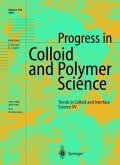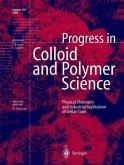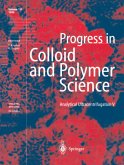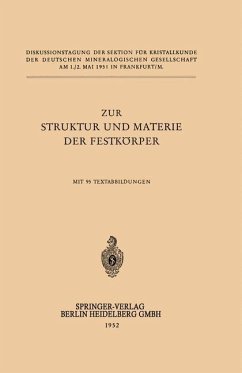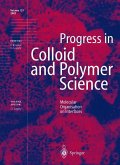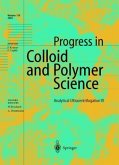1. 1 Macroionic Systems and the Scope of the Book Inthepresentmonograph,wewilldiscussionicpolymersolutionsandcolloidal dispersions. When these substances are dissolved into a solvent, they produce ionicspecies havinglargemolecularweightsandtheir counterions. We knowa variety of naturally occurring ionic polymers and chemically synthesizedc- pounds. Examples of the former are nucleic acids and some proteins, which playanimportantroleinbiologicalsystems. Examplesofsyntheticionicpo- mers are polyacrylic acid (PAA), polystyrenesulfonic acid (PSS) and poly- lylamine (PAAm). PAAisahighpolymer,inwhichmacrylicacidmoleculesCH =CH(COOH) 2 arelinearlypolymerizedby covalent bonds. Thenumber mis calledthe degree 3 of polymerization and is usually of the order of 10 . When PAA is dissolved in a dissociating solvent like water, anionic macroions and counterions are produced. In the following scheme, the counterions are protons but they may + be metal cations such as Na : ? ? ? ? ?CH ? CH? ?CH ?CH? 2 2 + ? ? ? ? ? + mH ? COOH COO m m PAA PAA anion Counterions. PAAm is a cationic polymer and dissociates into PAAm cations and anionic counterions as shown below: ? ? ? ? ?CH ? CH? ?CH ? CH? 2 2 ? ? ? ? ? +mHCl ? +mCl + CH ?NH CH ?NH 2 2 2 3 m m PAAm PAAm cation Counterions. 2 1 Introduction + ? In the case of NaCl, it dissociates into Na and Cl , which both have low molecular weights. On the other hand, PAA anions and PAAm cations have 3 highmolecularweights. Ifmis10 ,onepolymerion(macroion)hasananalyt- 3 + icalchargenumberZ of10 ,whichisexceedinglylargerthan1forNa .
Bitte wählen Sie Ihr Anliegen aus.
Rechnungen
Retourenschein anfordern
Bestellstatus
Storno


